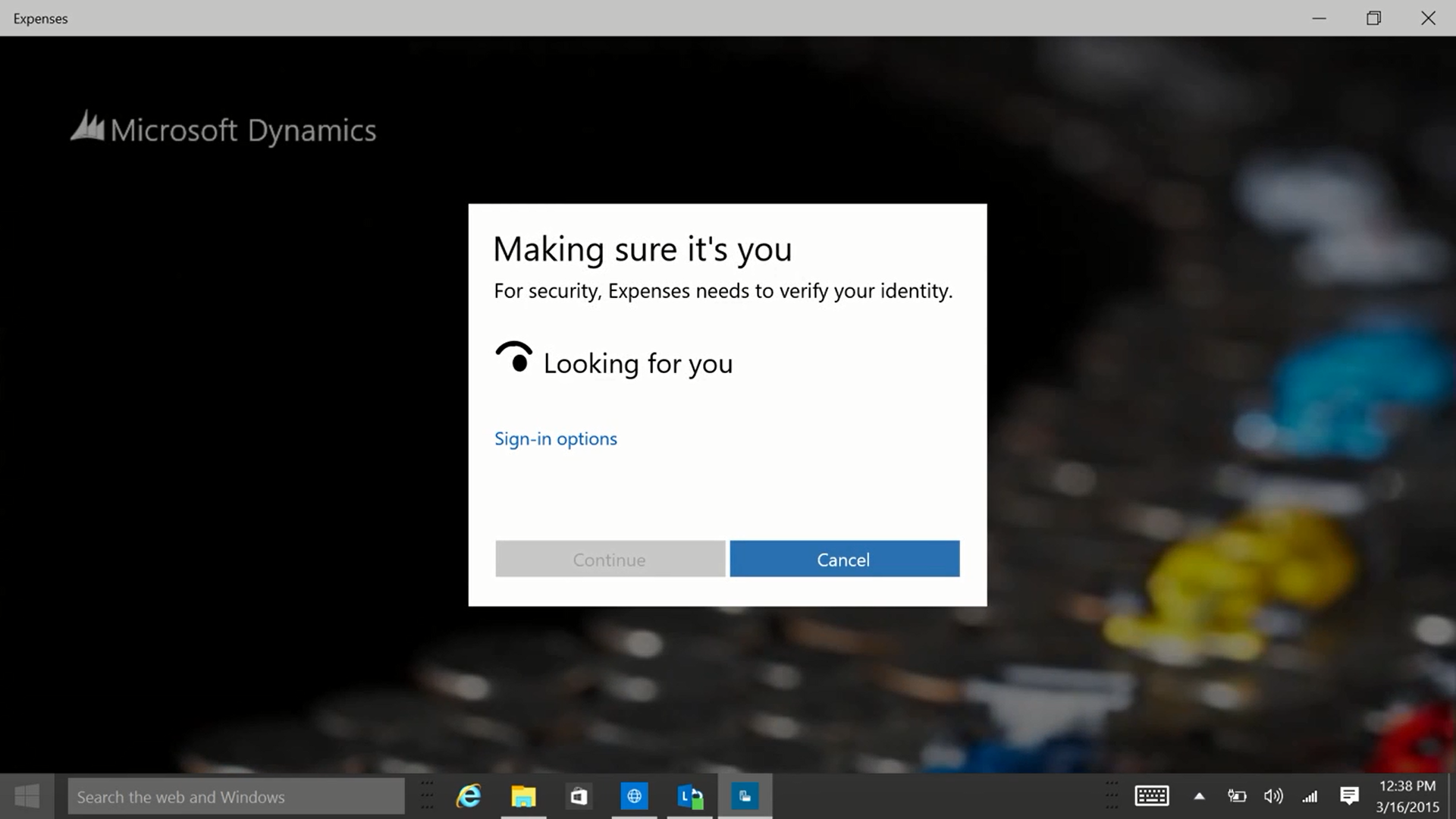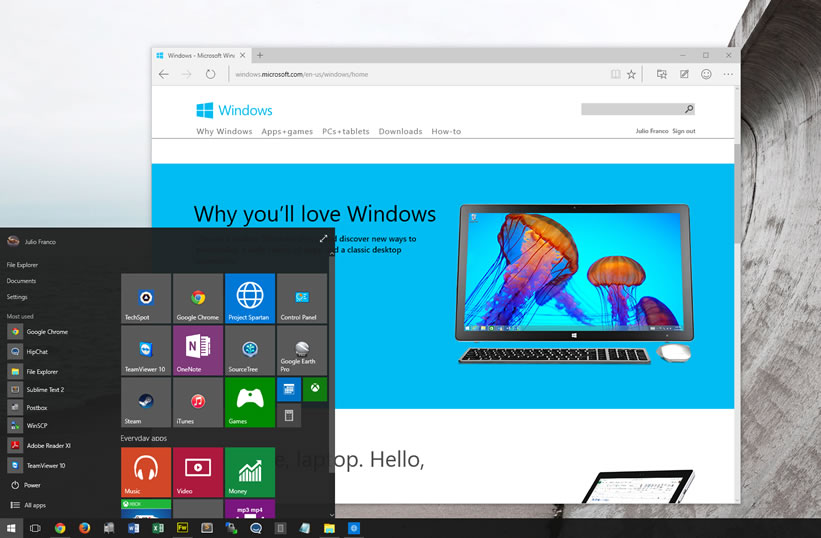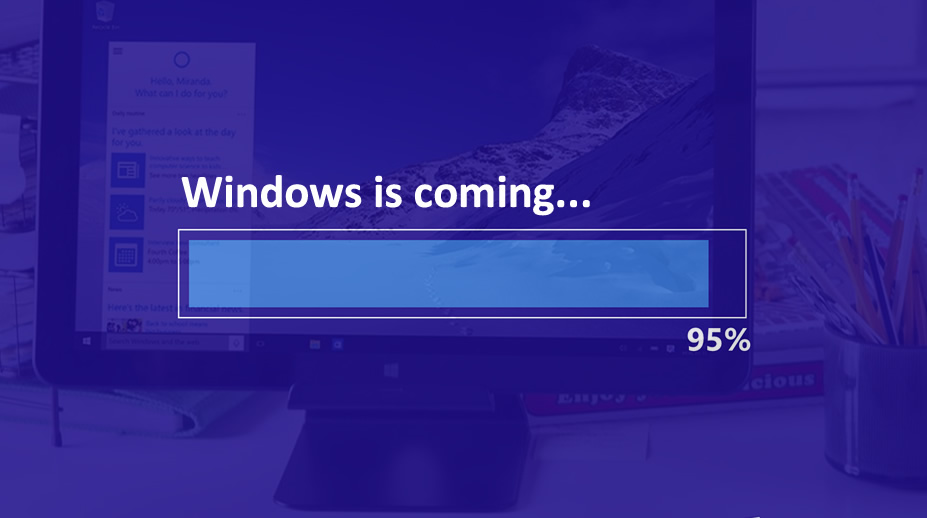- Aug 30, 2012
- 6,598
Microsoft will give those who tested the next version of Windows through the Windows Insider program a free upgrade path to Windows 10 when the OS is released to manufacturing. Historically major Windows updates have cost money, so by providing a free upgrade, Microsoft is saying thanks to those who spent the time testing beta versions of the OS.
When this news was first revealed by Microsoft's Gabriel Aul through Twitter yesterday, there was a little bit of confusion as to how the upgrade would work, with some people speculating that the free upgrade meant a free Windows 10 license. However this is not the case, as the system you're upgrading will still need a valid Windows 7 or 8/8.1 license to make use of the offer.
Microsoft has yet to reveal how much Windows 10 will cost, either as a standalone license or as an upgrade from existing versions of Windows. At the time of Windows 8's launch, Microsoft offered a short-term deal that allowed those upgrading from as far back as Windows XP to get Windows 8 for just $39. Hopefully the company will offer a similar deal for Windows 10.
What seems increasingly clear, though, is that Microsoft doesn't plan on simply giving away free licenses or free upgrades to anyone. Earlier this year Microsoft stated that pirates upgrading to Windows 10 will be able to do so without an existing valid license, but the license will remain invalid after the upgrade is complete.
Windows 10 will launch this summer, potentially around the end of July, with a large array of new features. Those interested in testing out the OS, and securing a free upgrade in the process, can still join Microsoft's Insider Program and download the latest preview build right now.
When this news was first revealed by Microsoft's Gabriel Aul through Twitter yesterday, there was a little bit of confusion as to how the upgrade would work, with some people speculating that the free upgrade meant a free Windows 10 license. However this is not the case, as the system you're upgrading will still need a valid Windows 7 or 8/8.1 license to make use of the offer.
Microsoft has yet to reveal how much Windows 10 will cost, either as a standalone license or as an upgrade from existing versions of Windows. At the time of Windows 8's launch, Microsoft offered a short-term deal that allowed those upgrading from as far back as Windows XP to get Windows 8 for just $39. Hopefully the company will offer a similar deal for Windows 10.
What seems increasingly clear, though, is that Microsoft doesn't plan on simply giving away free licenses or free upgrades to anyone. Earlier this year Microsoft stated that pirates upgrading to Windows 10 will be able to do so without an existing valid license, but the license will remain invalid after the upgrade is complete.
Windows 10 will launch this summer, potentially around the end of July, with a large array of new features. Those interested in testing out the OS, and securing a free upgrade in the process, can still join Microsoft's Insider Program and download the latest preview build right now.




